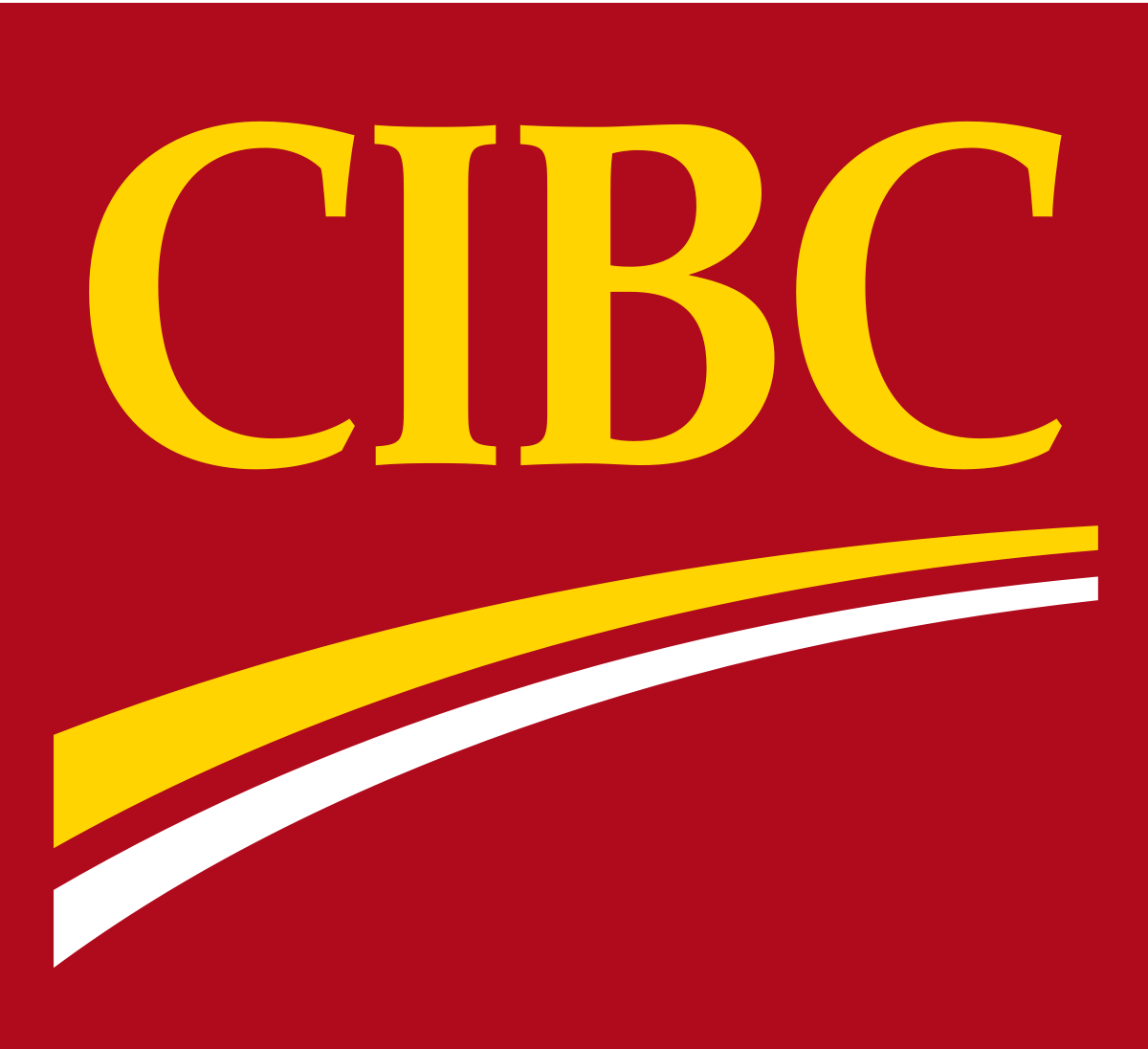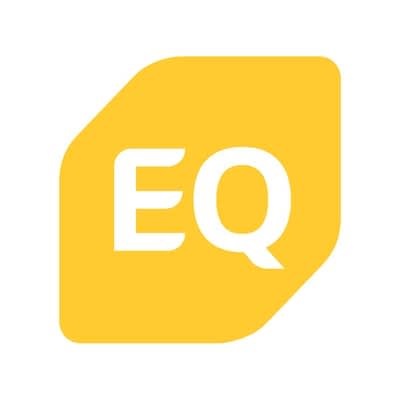It’s never too early to start teaching your kids about making healthy financial decisions, and a bank account can be the first step in moving toward that financial literacy.
Luckily, there are many different options for youth and students in the Canadian financial market.
Below, I’ll overview the ten best bank accounts for kids and youth in Canada.
Disclaimer – they are definitely not all created equally.
Let’s start.

- Earn and redeem rewards with the Scene+ program
- Earn an interest rate on your balance
- Unlimited, free transactions + Interac e-transfers
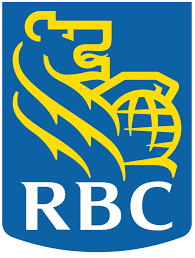
- Unlimited and free transactions and Interac e-Transfers
- No RBC fee to use another bank’s ATM
- Special RBC mobile app for youth and students
- Up to a $39 rebate on the annual fee of an eligible credit card
What You Should Consider Before Opening A Youth Bank Account
Before you choose a bank account for your child, consider asking yourself the following questions to help you make a sound decision:
- What purpose will the bank account serve? As a parent, will you be depositing your child’s allowance into this account? If so, how?
- How important do you think interest is on the account? Will your child be keeping enough money in the account for it to be useful?
- Can your child get a debit card with the account, and if so, will you be giving it to them?
- Should the account have any perks and bonuses that could serve your child well in the future?
- Is there a branch of your chosen bank close to where you live? How about an ATM?
- Approximately how many transactions each month will be required, now and in the future?
- What should the age requirement and limit be for the account?
Kids Bank Account: Chequing or Savings Account?
One of the most important factors when it comes to helping your child pick the best bank account for their needs is whether they need a chequing or savings account (or both).
If you’re opening a bank account for a younger teen under 15 or 16, then a savings account is probably your best option. At this age, it’s more important for them to learn good saving habits instead of spending their money.
However, if your teenager is older and plans on working a summer job or receives regular income from another source (such as online surveys), they may need a chequing account to help them better manage their money.
Some banks may offer a chequing account and savings account to youth and students. This is ideal, as it allows the student to save money on the side with their savings account, while also providing them with a chequing account and debit card for daily spending.
My Recommendations: Best Kids Bank Account (age 13-17)
Here are my top picks when it comes to bank accounts for kids aged 13 to 17.
1. Scotiabank Getting There Savings Program For Youth: Best Overall
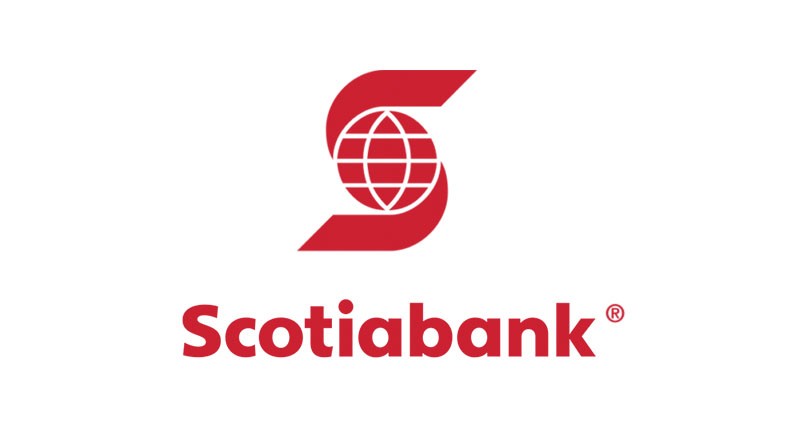
Why it’s great:
- Earn interest on your entire balance
- Earn and redeem rewards over time with the ScotiabankScene+ program
- $0 monthly fee, unlimited and free transactions and Interac e-Transfers
Scotiabank’s Getting There Savings Program for Youth is one of the best youth accounts in the country. With great rewards, interest and unlimited and free transactions and Interac e-Transfers, it rivals and beats all other youth accounts in the country.
This account is available for all youth under 18 years of age.
If you’re not already familiar with Scene, it’s Scotiabank’s partnership with Cineplex. Through the Scene + program, your child can also take advantage of:
- Earning one point for every $5 spent on everyday purchases
- Earning one point for every $1 spent at Cineplex (movie theatres)
- And the redemption of points for travel, dining, entertainment, shopping, banking, and more
To learn more about Scotiabank’s youth account, head to this page.
2. RBC Advantage Banking for Students: Best For ATM Use + Mobile Banking

Why it’s great:
- $0 monthly fee, unlimited and free transactions and Interac e-Transfers
- No RBC fee to use another bank’s ATM in Canada
- Special online banking RBC mobile app for youth and students that explain financial features and have easier procedures for sending and transferring money
- Up to a $39 rebate on the annual fee of an eligible credit card (for students old enough to apply for a credit card)
This bank account is available for all youth aged 13+ as well as full-time students. It’s really great because you never have to think about finding a specific RBC ATM if you need cash on the go; RBC won’t charge you for using another bank’s ATM.
RBC’s youth banking app is also really great for getting kids literate in financial products and help them build healthy financial habits. It explains financial features in detail and has easier procedures in place for common transactions such as e-Transfers.
Learn more about this RBC account here.
3. CIBC Advantage for Youth: Best for Student Discounts + Perks
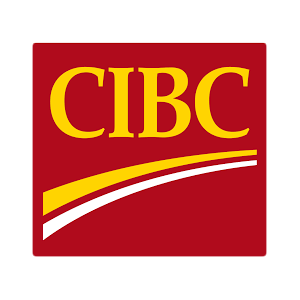
Why it’s great:
- Free SPC membership for special student discounts in hundreds of stores in Canada
- $0 monthly fee, unlimited free transactions and Interac e-Transfers
- Earn interest on every dollar in the account
CIBC is a really good bank for special programs for demographics such as youth, newcomers and seniors.
This Advantage for Youth account is no exception, especially as your child would be saving lots of money while they shop in participating stores across Canada with their SPC membership.
Learn more here.
4. Simplii Financial Student Bank Account: Best Digital

Why it’s great:
- $0 monthly fees and no minimum balance, even after you graduate
- Free and unlimited transactions and Interac e-Transfers
- Refer-a-friend program with a $50 bonus
- Free access to all CIBC ATMs in the country
- A great cashback credit card with 9.99% interest in the first six months (for those who are old enough to apply for a credit card)
Simplii Financial is a subsidiary of the Canadian Imperial Bank of Commerce (CIBC.) As a digital bank, they take the spot for the best youth account in the digital category with all of the great features listed above.
You can sign up online for this bank account and get your kid’s debit card in the mail within a few days. You can learn more about the account here.
Want to read more on Simplii? Head to this post on the best no-fee bank accounts in Canada to see how it ranks in the list.
5. Tangerine Children’s Savings Account: Best for High Interest
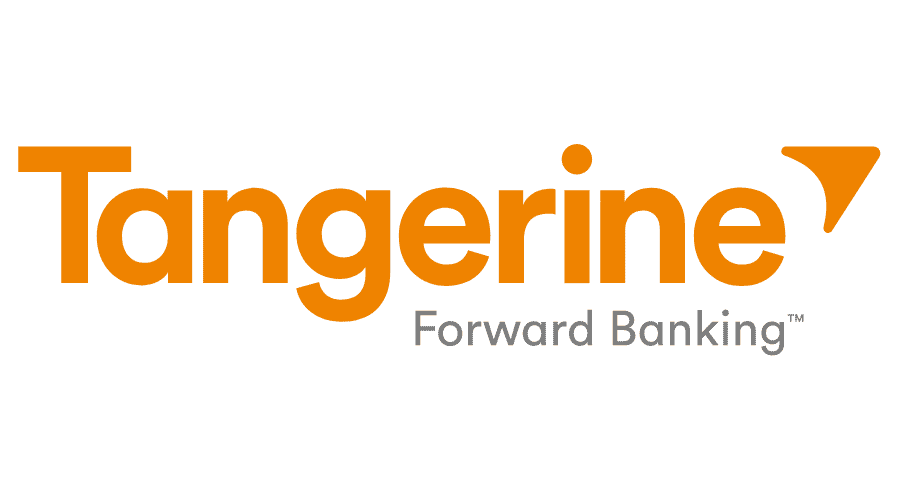
Why it’s great:
- Get the highest interest rate on a youth account in Canada (0.20%)
- $0 monthly fee and unlimited transactions
- No minimum balance
- Fully digital access
Tangerine’s Children’s Savings Account acts more like a joint bank account with the parent. If this is something that interests you as a parent, and you’d also like to take advantage of the great interest rate of this account, you can head here to learn more about opening this account.
6. TD Student Chequing Account

Why it’s great:
- No monthly fee
- Free and unlimited transactions and Interac e-Transfers each month
- Available until 23 years of age
- $0 monthly fee on overdraft protection service
- Potential to earn extra Starbucks points perks
- Free paper or online statements
This bank account is great as your child can keep it until they are 23, regardless of whether or not they are still in school. The Starbucks rewards are also really attractive.
With unlimited transactions and Interac e-Transfers, you won’t have to worry much about incurring extra unwanted fees.
Learn more about the TD student chequing account here.
Honourable Mentions: Best Bank Accounts For Kids Aged 13 to 17
Below are some honourable mentions for youth bank accounts for those aged 13 to 17 in Canada. If you find that the ones listed above don’t fully fit your needs or wants, these are worth looking into.
They may not offer student discounts or rewards like the ones above, but they can certainly be a good fit for your child, depending on their transaction habits.
7. BMO Bank Accounts for Kids & Teens
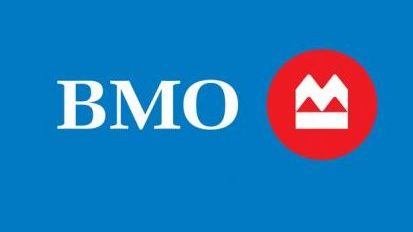
Why it’s good:
- Get BMO’s Plus Plan with a $0 monthly fee (normally $11); a discounted Performance Plan for $6 (normally $16.95); or Premium Plan for $19.05 (normally $30)
With the free Plus Plan (which is what I would recommend), you get:
- 25 free transactions each month
- Free and unlimited Interac e-Transfers
This promotion is available for all under 18 years of age as well as students.
Learn more here.
8. Vancity Chequing Plus Account (BC only)

Why it’s good:
- Available for anyone under 25 (as well as over 55)
- $0 monthly fee and unlimited debit transactions
- Each Interac e-transfer costs $0.90
- Your first cheque order of 50 personalized cheques is free
Vancity is a really great, sustainable and cooperative bank based in British Columbia. Going with Vancity for your child’s bank account can be a really good opportunity to teach them about cooperative values.
Learn more about this Vancity account here.
Note: your child must be a BC resident to register. But don’t fret; they will have access to hundreds of ATMs country-wide once they sign-up.
I extensively covered Vancity in my best credit unions in Canada post. Check it out!
9. Meridian Youth savings account (Ontario only)

Why it’s good:
- Available for kids 17 and younger
- $0 monthly fee and unlimited debit transactions
- $1.50 per Interac e-transfer
- Interest on every dollar
- Access to over 43,000 surcharge-free ATMs in North America
Based in Ontario, Meridian is another great credit union in Canada. I would highly recommend them if you and your child are Ontario residents.
Learn more about this credit union youth account here.
Want to read more about Meridian? Check out this detailed review.
10. Laurentian Bank of Canada Youth Account (Quebec)

Why it’s good:
- Available for kids under 18
- Free unlimited transactions and Interac e-Transfers
- $0 monthly fee
- Free paper and digital bank statements
Headquartered in Montreal, Laurentian is a bank that operates primarily in the province of Quebec. Their youth account is available for kids under the age of 18 and has no monthly fees.
Learn more about this account here.
What Happens to A Youth Bank Account When the Account Holder Gets Older?
Most youth bank accounts can be opened by minors between the ages of 13 and 17 years old, as long as they have parental consent. Some banks may offer the same youth bank account to minors as they do to secondary school students between ages 17 and 25.
Here things can get a bit tricky, and policies differ between banks.
In some cases, such as with the CIBC Advantage For Youth bank account, the account will retain the same benefits until the account holder turns 25.
Other banks may require the account holder to switch from a youth account to a separate student account or standard chequing account once they reach majority age.
Ideally, the longer the youth can go without having to upgrade their bank account, the better. There’s less hassle involved, and they can continue to take advantage of the perks of a youth account (such as no monthly fees).
At some point, however, the account holder will be required to upgrade their youth/student account to a general chequing account if they wish to continue with the bank, or move their funds to a different bank (which may incur additional fees).
How are student bank accounts different from youth bank accounts?
Student chequing accounts and youth bank accounts share some similarities but are quite different from one another.
Youth bank accounts are designed for minors between 13-17 years old. These accounts are typically designed to introduce teens to basic banking and finance concepts and allow them to save money and earn interest.
Student bank accounts (student chequing accounts), on the other hand, are specifically designed for students who are enrolled in a post-secondary institution.
To open a student bank account, the individual must be of majority age (17-18).
Some of the common benefits of student bank accounts include:
- No monthly fee
- Free online banking
- Unlimited transactions
- Unlimited Interac e-Transfers
Student accounts may also offer the account holder special cash bonuses for enrolling.
- Related Reading: 12 Best Banks For Students In Canada
Canada Education savings grant: free money for your child’s education
Encouraging your child to open up a youth bank account is a great first step to helping them learn responsible money management. It can also help them build up their savings, which can help them purchase their first car, attend college, or cover other important expenses.
However, I also recommend taking advantage of Canada’s Education Savings Grant (CESG).
This grant essentially provides your child with free money as long as you (or another family member) regularly contribute to a Registered Educations Savings Plan (RESP).
Here’s how it works:
- Open a Registered Education Savings Plan (RESP)
- 20% of parental contributions made to the RESP may be matched by the government per year, up to $500
- The lifetime maximum CESG grant is $2,500
So, if you open an RESP for your child on their 12th birthday and contribute $2,500 per year to the account, your child will have an extra $2,500 to withdraw from the account when they’re ready to attend university.
Lower-income families may be eligible for an additional CESG grant as well.
How RESP Accounts work
RESPs can be opened through financial institutions, are monitored by the CRA, and allow families to help fund their children’s post-secondary education. Contributions to the account can be saved as cash or invested in stocks, bonds, GICs, and more.
The best part is that the funds can grow tax-free and aren’t subject to capital gains tax, as they would in a traditional investment account.
Once the child turns 18 and begins attending post-secondary school, they can withdraw the funds. As long as the funds are used for education-related expenses, the child won’t have to pay any additional taxes on the amount.
Conclusion

Most banks offer special accounts for youth, but these ten are some of the best of the best in Canada.
With no monthly fees, unlimited transactions and special perks, I know many of us wish that these accounts were available for adults as well.
I hope today’s list was helpful in learning more about youth banking. If you’re interested to find out more about youth accounts, specifically those aged 12 and younger, head to this post.
